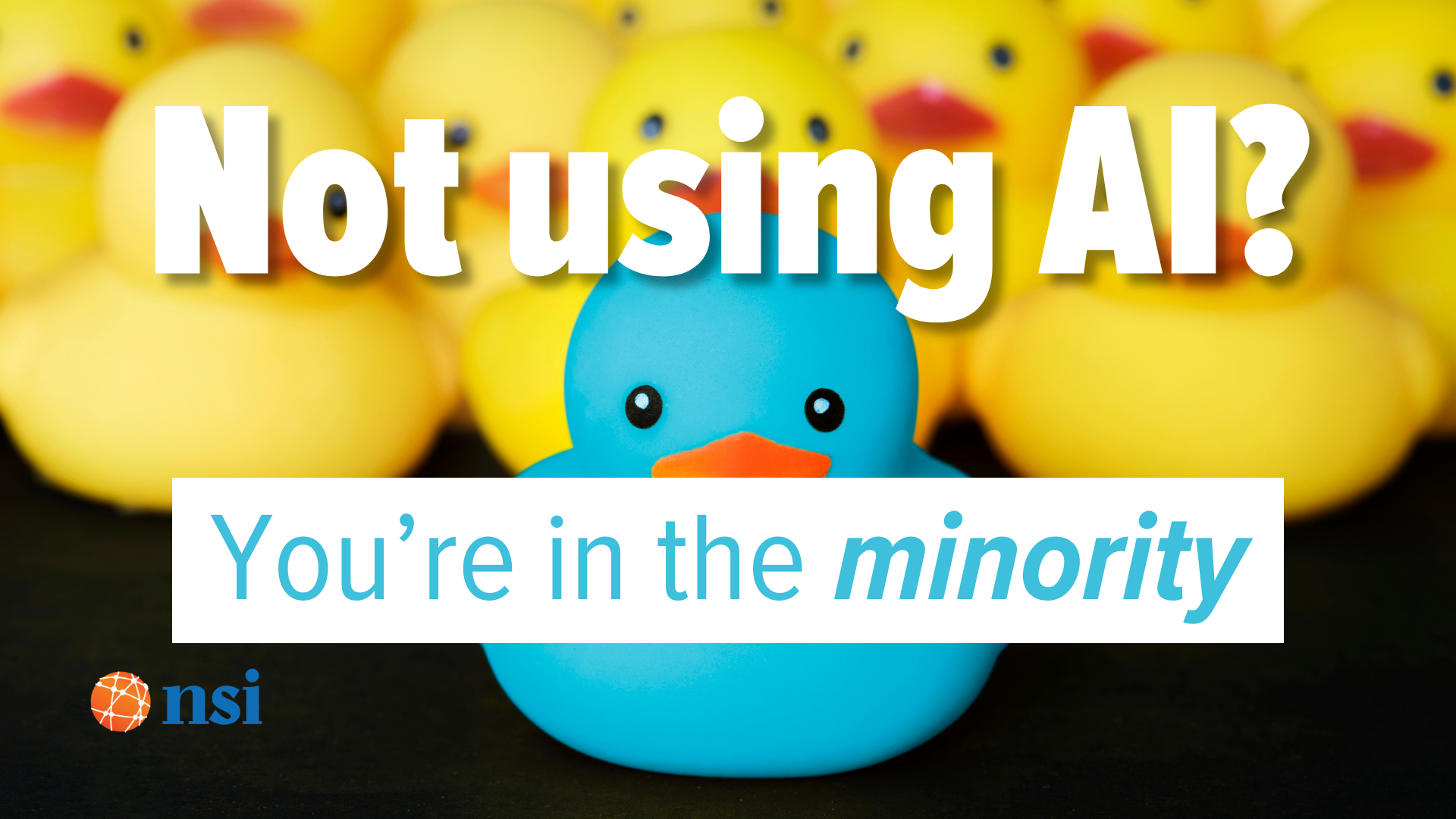Key Takeaways
- 90% of businesses are already using generative AI to improve productivity and innovation.
- Companies are investing more in AI than in cybersecurity, showing its strategic importance.
- Custom AI applications trained on proprietary data are creating unique competitive advantages.
- By the end of 2025, three out of four businesses will have formal AI training programs.
- Responsible AI adoption requires strong governance, accuracy checks, and employee upskilling.
The Shift: From Hype to Everyday Reality
Five years ago, artificial intelligence was a nice-to-have experiment. Today, it’s a must-have. Generative AI has moved from the periphery to the core of business strategy, with nine out of ten companies already weaving it into daily operations.
This rapid shift signals a new era where AI is not just a tool — it’s an enabler of growth, efficiency, and innovation.
What Makes Generative AI Different
Unlike traditional AI, which analyzes and reports, generative AI creates. It can:
- Draft marketing copy, reports, and presentations
- Generate code snippets or debug existing ones.
- Create images, videos, or even music.c
It’s the technology behind tools like ChatGPT and Microsoft Copilot that is transforming industries across the board.
Why Businesses Are Betting Big
The reasons behind AI’s meteoric rise are clear:
- Boosted Productivity: Teams can generate drafts or automate repetitive tasks, freeing time for strategic work.
- Faster Development: Developers accelerate project timelines with AI coding assistants.
- More brilliant Customer Service: AI chatbots resolve simple inquiries, letting human agents handle complex cases.
What’s striking is that companies are now spending more on AI initiatives than on cybersecurity, underscoring the perceived ROI of AI investments.
Custom AI: The Next Competitive Edge
Forward-looking organizations aren’t stopping at off-the-shelf tools. They’re building proprietary AI models trained on their own data, enabling:
- Tailored automation aligned to internal processes
- Better predictive insights unique to their market
- Deeper personalization for customers and stakeholders
This customization delivers a competitive moat that generic tools simply can’t match.
Challenges on the Road to AI Maturity
The speed of AI adoption brings complexity:
- Skill Gaps: Hiring or training talent with AI expertise is a growing priority.
- Employee Training: Teams need education to use tools responsibly and effectively.
- Governance and Compliance: Policies for data privacy, security, and accuracy are essential.
By the end of 2025, 75% of companies will have in-house AI training programs, signaling a shift toward making AI fluency a core skill across roles.
Responsible and Accurate AI Use
Generative AI is powerful but imperfect. It can generate incorrect answers with confidence, which creates risks in decision-making and compliance. Leading businesses are establishing safeguards such as:
- Human review processes
- Validation protocols for outputs
- Clear governance frameworks
These measures ensure AI augments — not undermines — critical business functions.
The Bottom Line
Generative AI is no longer optional. Whether your business aims to:
- Streamline workflows
- Personalize customer experiences
- Unlock actionable insights
- Or gain a competitive edge
AI is a critical driver of transformation.
The smartest path forward? Start small, learn iteratively, and build a scalable roadmap. Early adopters are not just keeping up; they’re defining the standards for the future of work.
FAQs
What is generative AI?
Generative AI is a type of artificial intelligence that creates new content — like text, images, or code — based on patterns it has learned from large datasets.
Why are businesses investing so heavily in AI?
Because it drives measurable ROI, from productivity gains to more intelligent automation and enhanced customer experiences.
Can generative AI replace human employees?
Not entirely. It’s best used to augment human capabilities, allowing teams to work faster and smarter, not to eliminate roles.
How can a business start with AI?
Begin with small, high-impact use cases such as automating repetitive tasks, then scale to custom AI solutions as your team grows more comfortable.
What are the risks of using generative AI?
The main risks include inaccuracies, data privacy issues, and over-reliance on automated outputs. Governance and validation processes are key to mitigating these risks.
